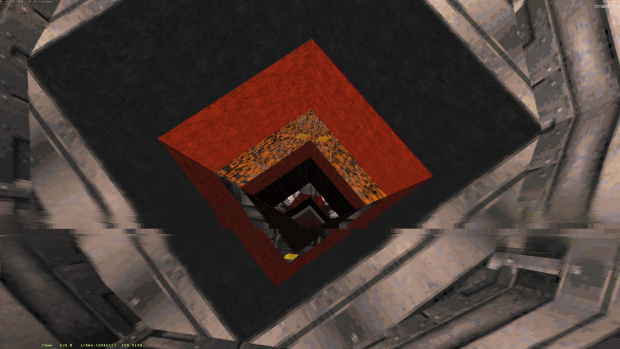Brahma is a 3D game engine with a rather retrofuturistic design, intended for small studios and solo developers. It's being written from scratch in C++ using standard Windows API and no third-party libraries. This technology introduces an entirely new class of low-latency real-time engines that make special timing requirements, treating frames as video fields with a target time budget of 2-4 ms each, down from 16-33 ms frame budgets normally seen in game engines. It evolves in a different way than other modern engines, rejecting conventional BSP, Z-buffer, floating-point coordinates, and most of the lame screen-space effects in favor of innovative and efficient techniques. The engine is non-Euclidean capable to some degree; also it supports true displacement mapping for sectors as a means to virtualize geometry that affects collisions. The engine is also carefully designed to be easy and convenient to develop for, yet versatile and adaptive to any needs.
Added some code to generate proper non-Euclidean portals in place of hidden teleporters on imported Duke maps. This should become a great aid to test the feature, as it's fully automatized and won't require manual tweaks of the original maps anymore.
The center core in "Spaceport" level is peculiar in that it connects as many as five locations stacked on top of each other by means of hidden teleporters that take player from one place to another, including the underwater part. This means that you could travel through every horizontal portal using the jetpack, but never were actually able to see through any of them.
Brahma engine, on the other hand, can handle stacked ceiling/floor portals just as well as it does for walls, without any need for complicated room-over-room setups, as shown in this top-down perspective.






